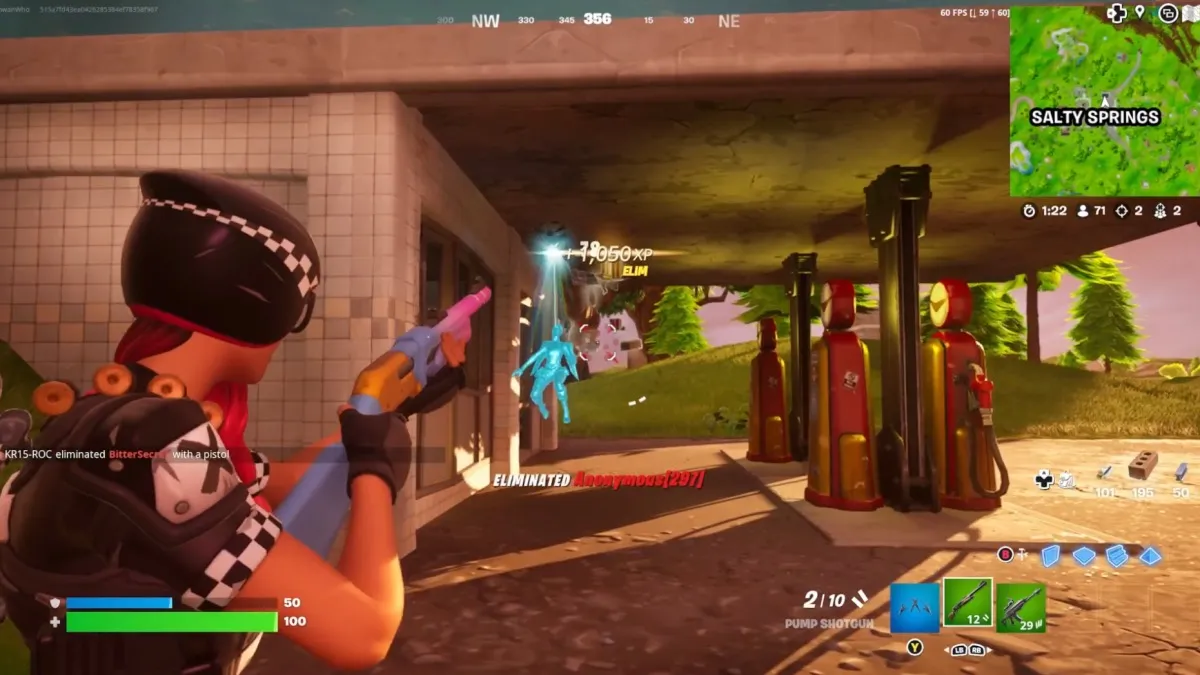Assassin’s Creed Valhalla: The Siege of Paris on PS5
Assassin’s Creed Valhalla is easily one of my favorite games in the entire series. My review last year spent a great deal of time highlighting my love of its beautiful open world and the fascinating clash of different cultures who inhabit it. The improvements Ubisoft made to combat, stealth, and progression mechanics over Odyssey were also top-notch. But it’s far from perfect, and if there was one area in particular that bothered me throughout my playthrough it was the overly predictable nature of its gameplay loop.
Travel to a region to forge an alliance; sort out someone else’s problem, and help them siege a castle. Rinse and repeat. Assassin’s Creed Valhalla feels like a series of huge side quests loosely connected by a rather vague overarching narrative. In principle, I don’t actually dislike that structure –I enjoyed many of those stories and the character who brought them alive–, but it did go on, and on, and on. And I almost always knew the exact beat each quest would follow.
All with the exception of one storyline, however: The London missions, which dispensed with the siege mechanic for once and put the focus back on stealth and assassinations. More importantly, it all took place entirely within the confines of a large urban environment. Put simply, it felt like classic Assassin’s Creed, and I loved the change of pace.
This format was not revisited in Valhalla’s first major expansion, Wrath of the Druids, which felt like a continuation of the open-world formula of the main game. To my surprise, though, it’s back for The Siege of Paris, and the result is a stealth-driven gameplay experience that feels more classic Assassin’s Creed than anything in the series since Syndicate.

The Siege of Paris takes Eivor to the shores of Francia at the behest of the Shield Maiden named Toka. Her Jarl, Sigfred, is sworn to avenge the death of his brother as well as many other Norse warriors who have been killed by Charles the Fat, Francia’s new and powerful King who is hellbent on driving Vikings out of the region.
Eivor pledges his support, though he is motivated primarily by his fear that Charles will one day invade England more than he is blindly in favor of killing Franks in revenge. And so starts Eivor’s plight to mediate the situation in Paris, one that is complicated by the differing political agendas and religious inclinations of the two side’s leaders.
It is a storyline that wouldn’t feel out of place in Assassin’s Creed Valhalla’s base game, but the way it’s implemented in The Siege of Paris is entirely different.
For starters, The Siege of Paris’ map is small and focused, even by comparison to Wrath of the Druids, which was itself a fraction of the size of England in Valhalla. The entire expansion is only about eight hours long. More to the point, it’s fixated around the city of Paris itself, rather than the surrounding countryside, of which there is some but not a great deal. That means much less galloping across huge vistas like a heroic knight in a fantasy RPG and much more traipsing through dingy cobbled streets and scaling rickety rooftops as in Assassin’s Creed games of old.
The style goes beyond merely the looks and feels of the experience, too, because The Siege of Paris really does dispense with almost all of Valhalla’s familiar mechanics and features. Despite the namesake, there’s no sieging to be had — at least not as you would expect if you had played the base game. There’s no Order assassination tree, either, which is rather strange given the focus on stealth and assassination missions but ultimately something I found refreshing. It’s nice to have targets and assassination missions crop up organically.
And while there are a couple of new Raids to enjoy, the story never really puts the impetus on plunder and loot outside of the new Rebel missions. These are issued by a character named Pierre, who tasks Eivor with helping Francia’s resistance take outposts and supply depots in exchange for various rewards.
The more you complete, the more you can upgrade your Rebel buddies’ armor and weaponry to make them more effective in future missions. It’s a fun, optional distraction if you’re either enamored with Valhalla’s combat or want to practice stealth ambushes, but they’re not especially robust and somewhat repetitive.

The stealthy assassinations of the main storyline are far more interesting. Without an Order tree governing the entire process, Eivor is simply given targets to kill throughout the story. They’re typically in well-guarded, hard-to-reach areas that require a fair bit of sneaking about to access, which adds a welcome layer of difficulty. But the clever bit is that when you arrive you can seek out “Assassination Events,” which are optional ways of killing your target in an extravagant, cinematic fashion.
You might, for example, come across a nervous church disciple about to take part in a ritual, who you then convince that you should take part in their place in order to get close to your target. It reminds me of something you’d experience in a Hitman game.
Now, it has to be said that none of these Assassination Events are particularly nuanced. There’s not much to them beyond finding someone and following some basic instructions, but it does add a cool, immersive layer to the stealth experience. Importantly, it’s a new way to engage and play Valhalla, which was something that was sorely missing in Wrath of the Druids.
It’s a shame, though, that the innovations more or less end there. Even with the new one-handed swords, several abilities, and more skill points to tweak your character build, the progression mechanics still don’t feel important in the same way as they did in the base game.
There’s still no incentive to really play around with your build and engage with new combat possibilities beyond the fact that Ubisoft has, thankfully, increased the enemy difficulty from the comically easy encounters in Wrath of the Druids. Ultimately, though, combat plays out exactly the same as it does in the main game, save for having to deal with new Frankish enemy types.
I cited The Witcher 3: Blood and Wine as a brilliant example of how to iterate on gameplay systems in an expansion during my Wrath of the Druids review, and I find myself compelled to mention it here again. Because while it’s great to see Ubisoft resisting the urge to copy/paste assets from the base game, and adding some neat new touches to stealth, more time still needed to be spent adding new layers to the experience to really offer people a new way to play.
The difference this time around, though, is that I think The Siege of Paris does at least feel markedly different from the base game, both in ambiance and structure. Where Wrath of the Druids’ Ireland could quite easily have been another region of England in the base game, The Siege of Paris does genuinely stand apart. It’s a throwback to old Assassin’s Creed I’m sure fans of the franchise, rather than just fans of Valhalla, will love. And for that reason, in combination with the fact that it tells an interesting story, offers a great reason to reboot or reinstall the game for those who haven’t returned since completing it last year.
- Paris is a bleak but brilliant 9th century city sandbox to explore.
- The new focus on assassination missions and stealth is a welcome change of pace.
- The story, characters, and conflicts that define both are compelling.
- Still not quite enough in the way of new innovations, and there could have been more done to dial up the welcome few that have been included.
- Progression mechanics have lost their importance, even if enemy difficulty has been ramped to encourage engagement with them.













Updated: Aug 12, 2021 10:04 am